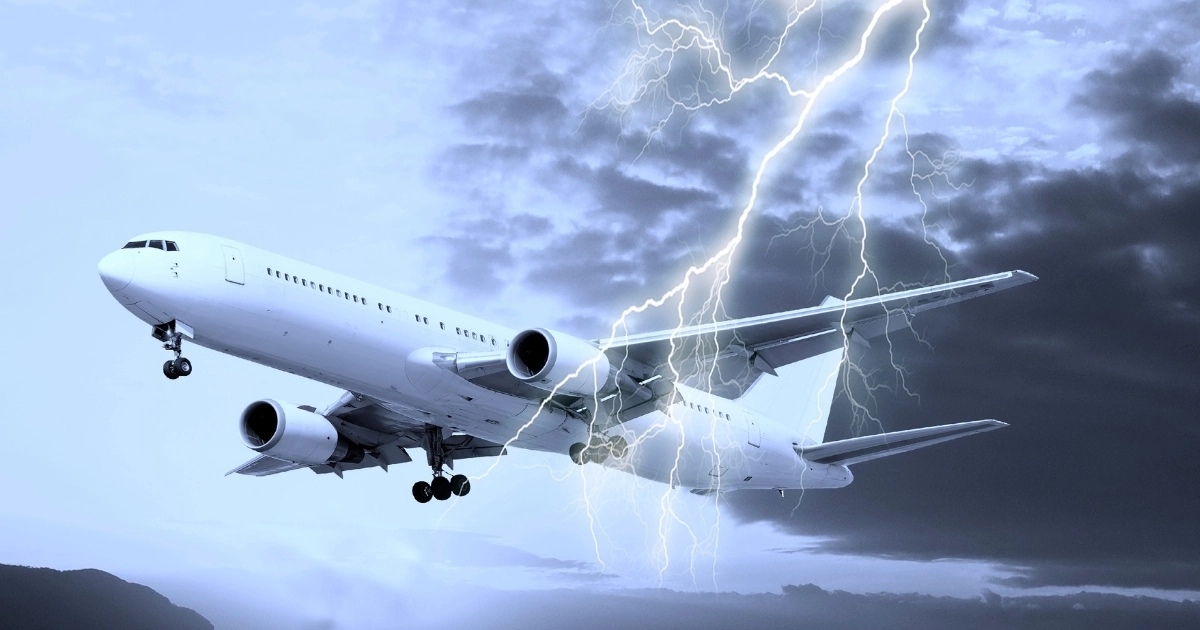Toronto Pearson International Airport, one of Canada’s largest airports in terms of air traffic and passenger volume, experienced an unprecedented event earlier this year. On the 18th of February 2025, a Delta Airlines flight flipped over while attempting a landing. In a stroke of luck, most passengers left the plane unharmed, with some passengers sustaining minor injuries.
While extreme weather events are common in Canada, partly due to its location near the Great Lakes and within the Northern Hemisphere, weather-related disruptions in aviation are rising worldwide, not just in Canada.
The Rising Global Aviation Cost of Weather
According to the American Federal Aviation Agency, weather accounted for 74% of delayed flights in 2024 on U.S. soil alone, incurring millions of dollars in operational costs to both airlines and airports. As it stands, an industry as reliant as aviation needs to adapt to ever-evolving weather patterns, especially as climate change becomes more and more prominent in our daily lives.
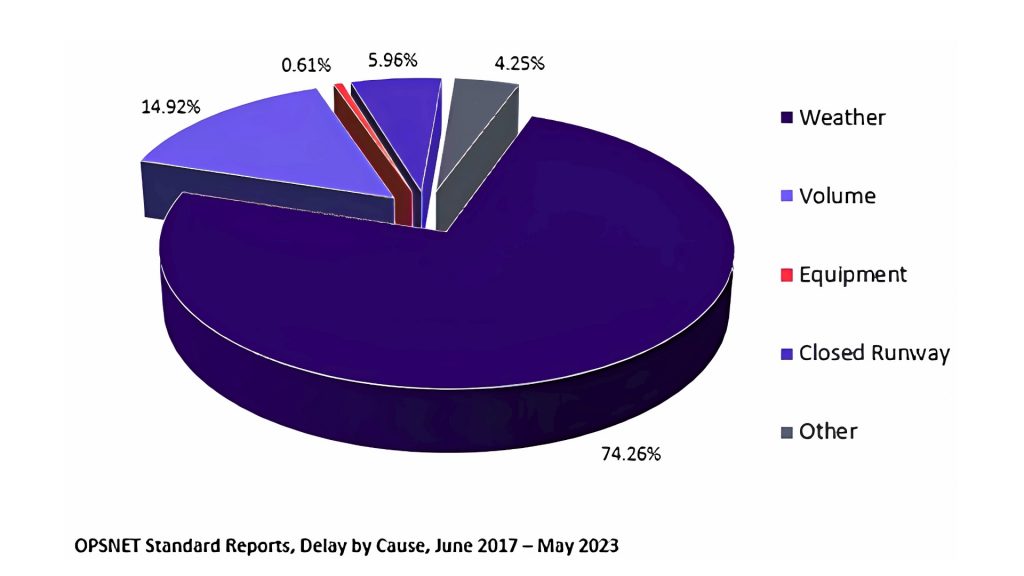
Where Traditional Forecasting Comes Up Short
The aviation industry requires on-the-go, hyper-local and focused weather forecasting for planned flights. Due to the considerable impact of local factors on weather patterns, conventional low-resolution weather forecasting models, which primarily forecast for broad regions, need additional enhancement to better serve the aviation industry’s requirements.
As an example, a traditional forecast creates predictions every 12 km; however, it averages out the weather within the area of interest. A model with a 12 km resolution might show clear skies or light rain for the same area, while a 3 km resolution model could reveal a locally developed thunderstorm, providing a dispatch crew with more accurate and actionable information. While such localized effects may not greatly impact everyday commuters, they are critical for aviation professionals in ensuring flight safety and punctuality.
Where We Come In
Our state of the art, AI-powered weather forecasting models can provide;
Runway level weather insights to prevent uninformed decisions during take-offs and landings, for both current weather trend and predicted events the next day;

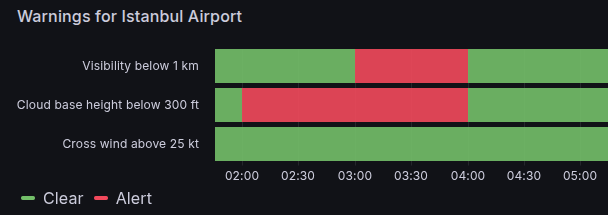
- On-route forecasting to avoid extreme weather conditions;
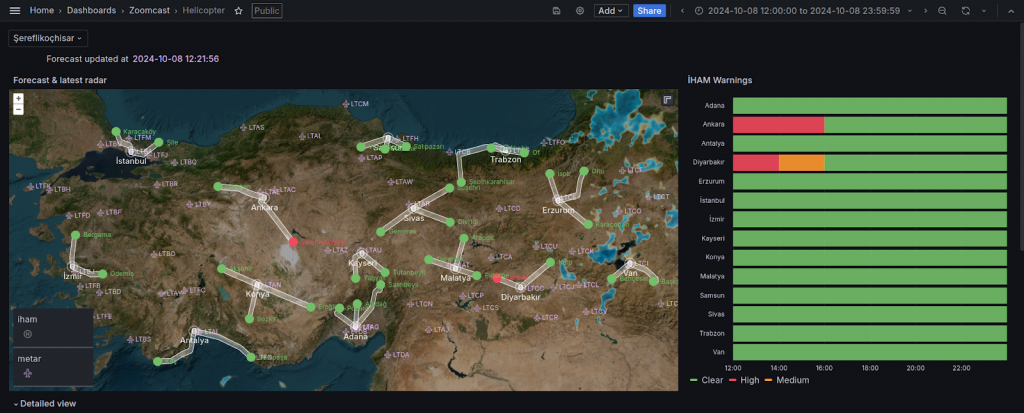
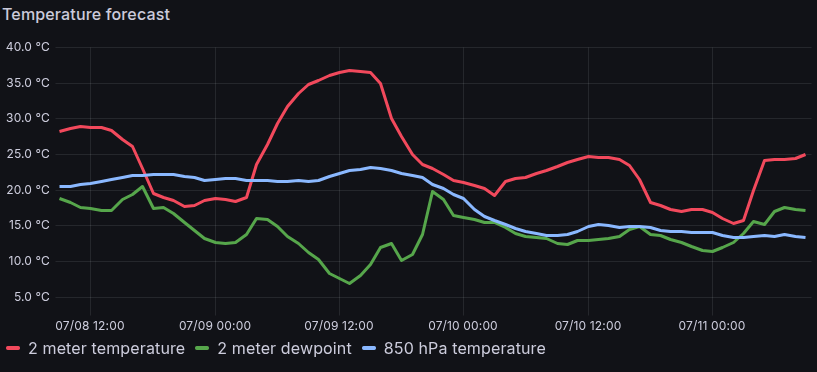
- Enriched forecasts for different altitudes for maximum accuracy;
And multiple variables for a great range of weather events to ensure the utmost safety, comfort and efficiency of the flight;
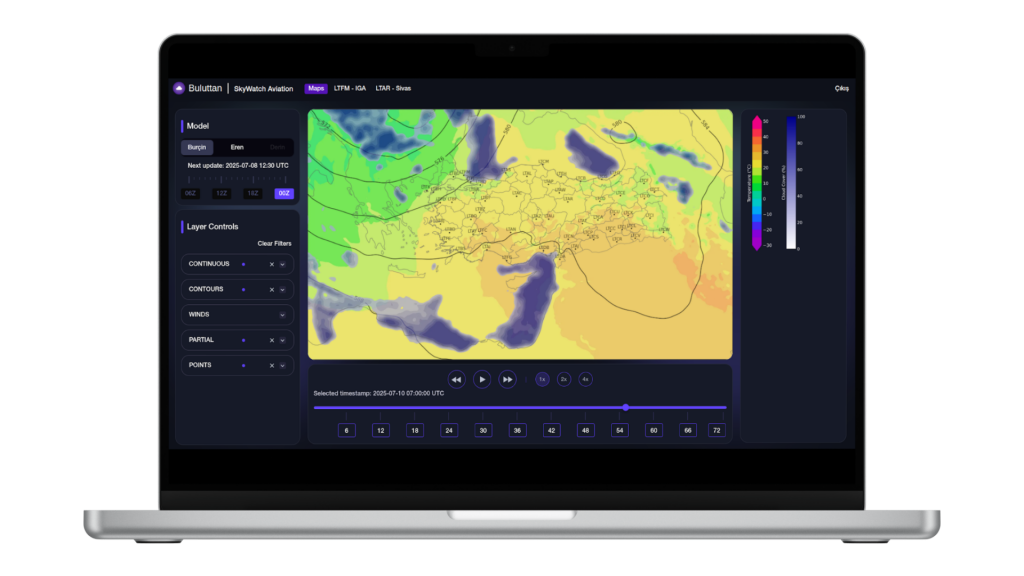
For further details about the weather intelligence solutions we offer for aviation, please contact us at: contact@buluttanwx.com
